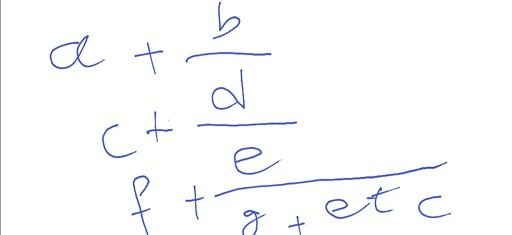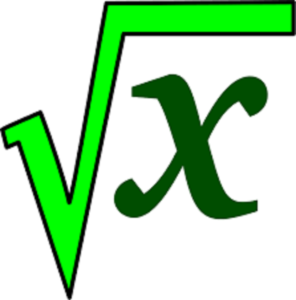A number expressed as a quotient in the form N/D, (D’0), where N is called the numerator and D the denominator. When N and D are both integers the fraction is called a simple, common, or vulgar fraction. The fraction is known as proper if the numerator is less than the denominator, otherwise improper. The value of a fraction is unchanged if both the numerator and denominator are multiplied or divided by the same constant. The fractions are added by making their denominators as a common minimum.
For example,
1/4+ 1/2 =3/6 =1/2+5/4=7/4
The fractions are multiplied by multiplying the numerators and their denominators separately. For example,
3/7×2/5=6/35
Fractions are divided by reciprocation of the dividing fractions and then multiply. For example,
6/5÷11/7=6/5×7/11=42/55
If n and D are algebraic expressions then the fraction is proper if the degree of the numerator is strictly less than that of the denominator, otherwise improper. The fraction is called complex if both N and D are complex quantities
Continued Fraction:
An integer and a fraction, the denominator of which is also an integer and a fraction, etc. its general form is

Which is also written in a more convenient form as
a+(b/c) +(d/e) +(e/f) + etc
The number of terms here may be finite terminating or infinite (non-terminating). The transcendental numbers such as T can be expressed in the continued fraction form.



